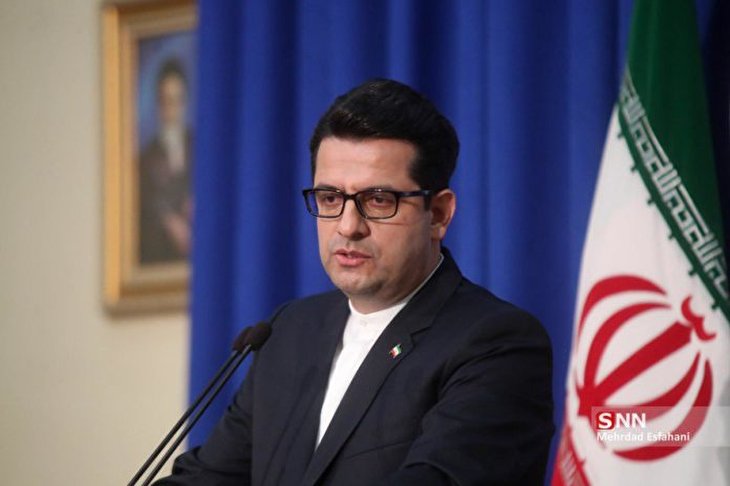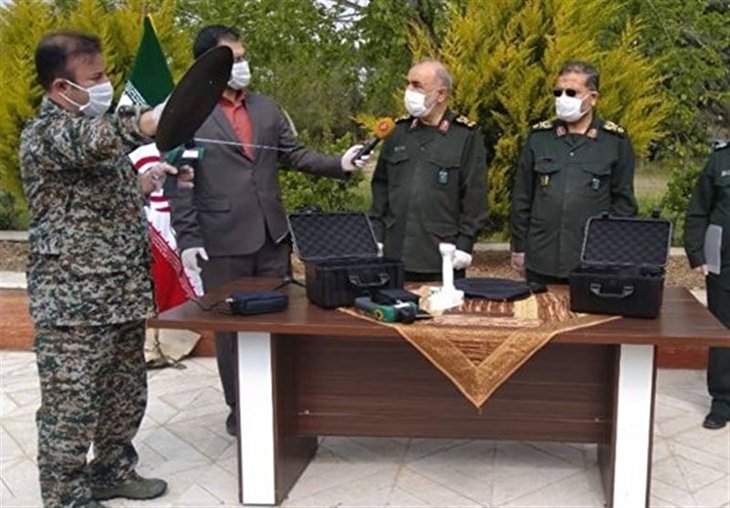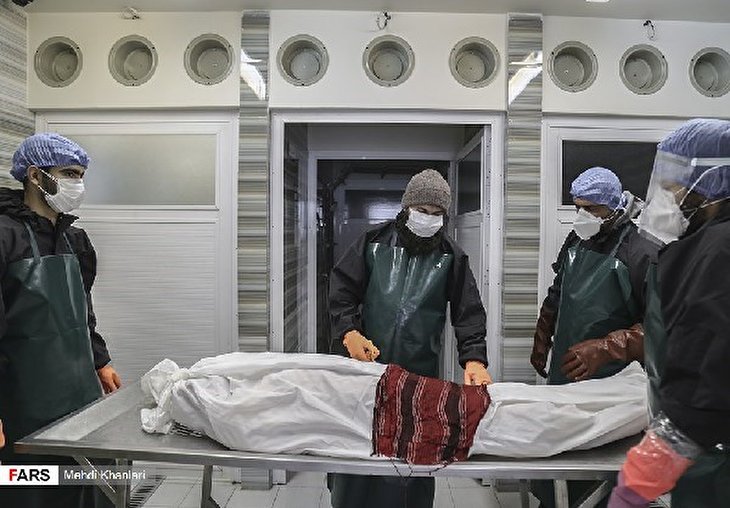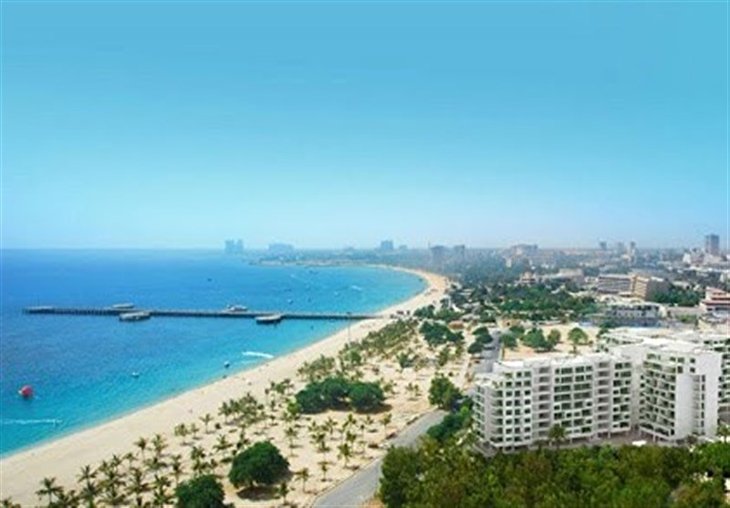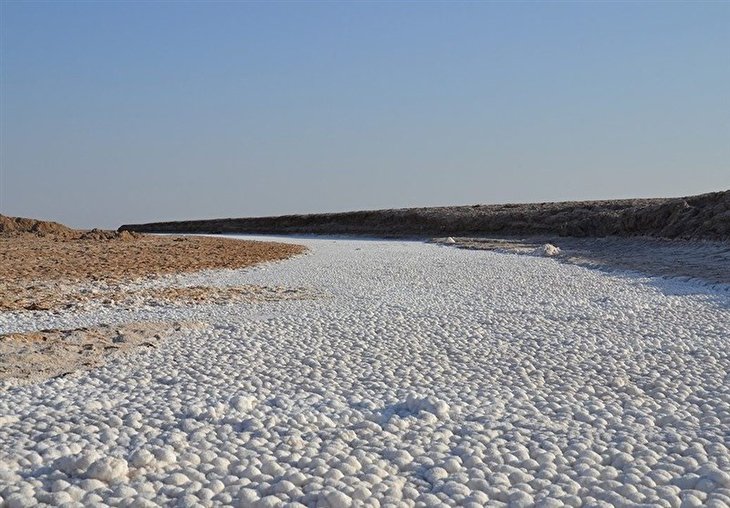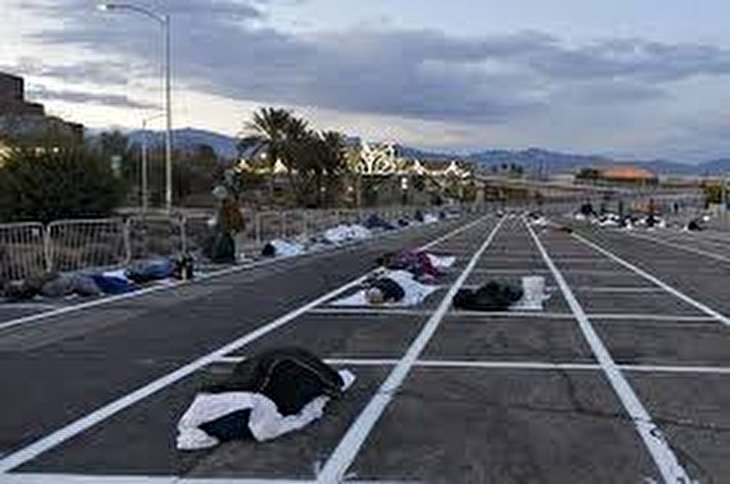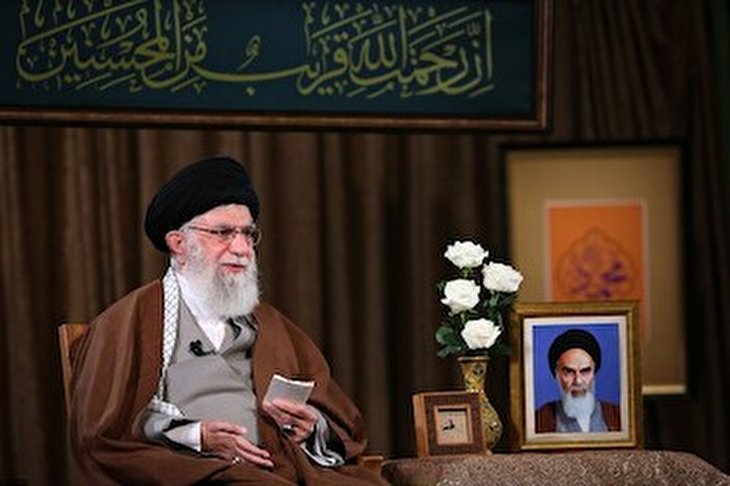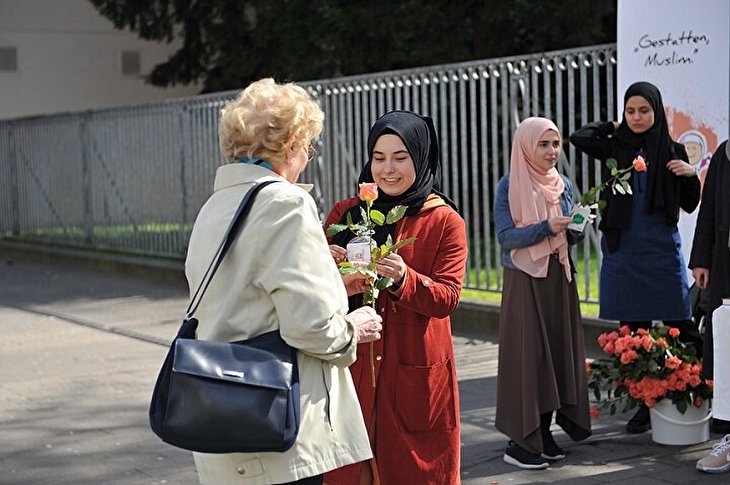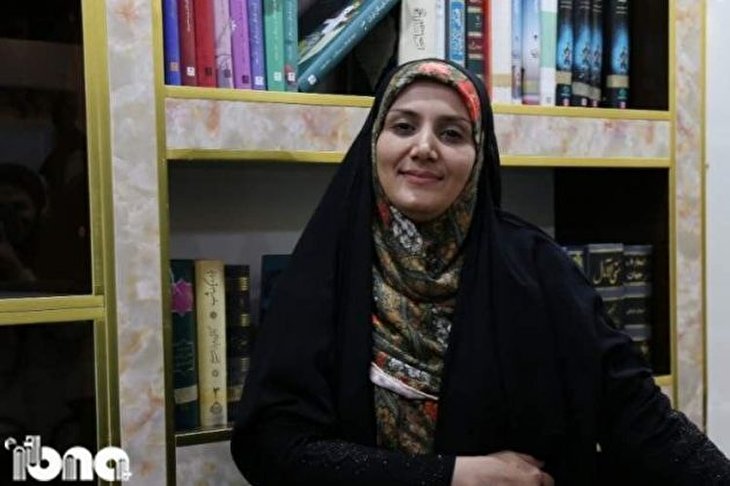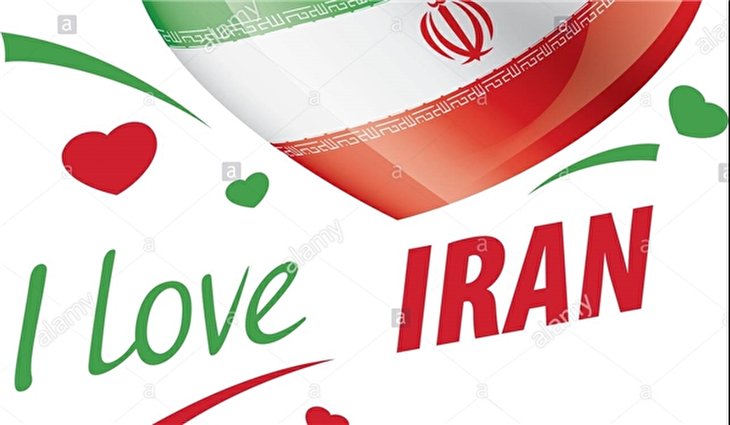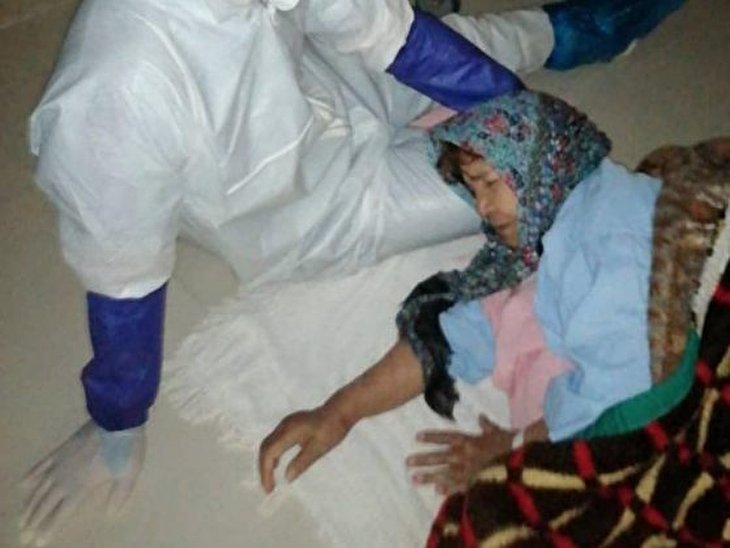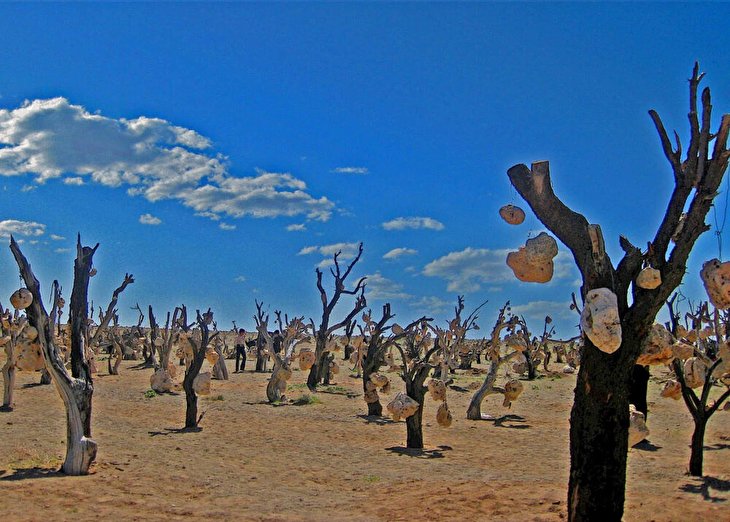
Tajikistan Crackdown on IRPT an Excuse for Saudi-Incited Hostility toward Iran: Expert
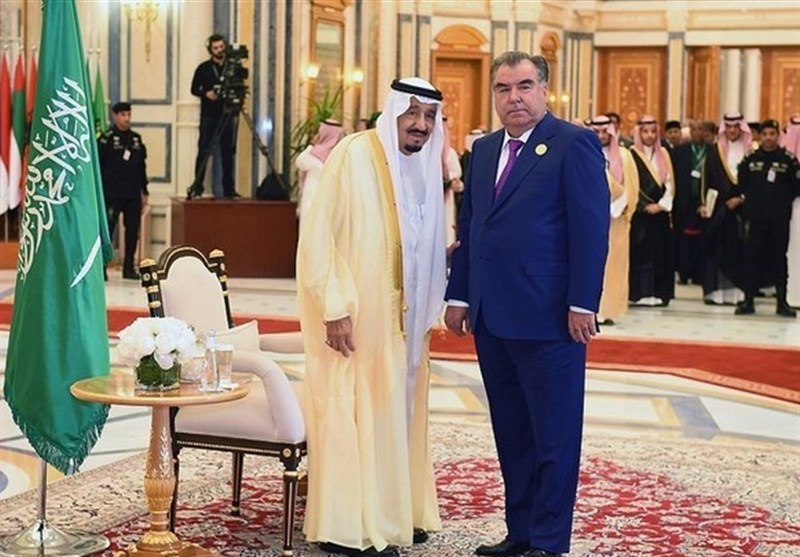
In an article published in his web page, Tajik religious and political
expert Saiyidyunus Istaravshani explicated the reasons behind the Tajikistan
government’s escalated clampdown on Islamic movements and symbols, particularly
its strong campaign against the Islamic Renaissance Party of Tajikistan,
which it has branded as a terrorist organization.
In his article, Istaravshani says the IRPT has in fact become the victim of a
broader plot that is aimed at confrontation with the Islamic Republic, referring
to the extensive anti-Iranian media campaign and two recent articles published
in Khovar, the official state-run news agency of Tajikistan, and in the website
of the executive committee of the ruling People's Democratic Party in Khatlon
region.
Tajik media oulets have claimed that Iran is training fugitive members of the
Islamic Renaissance Party in military camps in Syria, Iraq, Afghanistan, Lebanon
and Yemen, and that militants from the Islamic Renaissance Party have been
deployed to northern Afghanistan in order to upset security in Tajikistan and in
Central Asia, he noted, saying such accusations are baseless, because the
Islamic Renaissance Party of Tajikistan has basically no military forces and
there is no ground for concern about any military threat from the party.
Istaravshani said a possible scenario is that the Dushanbe government has
adopted the policy of demonizing the Islamic Renaissance Party in order to draw
public attention away from its own economic problems and mismanagement.
In September 2015, a high court in Tajikistan ruled that the Islamic Renaissance
Party of Tajikistan should be banned and included on a blacklist of extremist
and terrorist organizations.
Tajikistan has created a "fabricated threat” to convince people to endure
sufferings and stay silent with the fear that "the enemy waits in ambush”, the
political expert said.
He explained that the more likely and logical scenario is that the government
has basically no problem with the Islamic Renaissance Party and has chosen it as
a victim to carry out the plan of confrontation with Iran.
The expert said the Dushanbe government has begun to overtly accuse Iran of
having a destructive role in Tajikistan since a year ago, when Saudi Arabia
hosted a conference in Riyadh that involved US President Donald Trump and Tajik
President Emomali Rahmon.
The Riyadh conference was purportedly aimed at establishing a coalition of
Muslim countries for the fight against terrorism, but the real intent was to
mobilize forces and form a coalition to confront the Islamic Republic,
Hezbollah, Yemen’s Ansarullah, the Muslim Brotherhood, and Palestinian
resistance movements such as Hamas and Islamic Jihad, he explained.
Istaravshani said Saudi Arabia and the United Arab Emirates have been tasked
with funding the so-called coalition.
Saudi Arabia, namely Mohammad Bin Salman, and the UAE, namely Mohammed bin Zayed,
supplied huge funds to every country joining the coalition to wage an overt war
against Iran, Hezbollah and Hamas, he said, addding that Pakistan and Malaysia
have withdrawn from the futile Saudi-led coalition.
"Because of the recent financial needs, successive economic crises and
widespread corruption, the Tajik government could hardly resist (accepting)
Saudi dollars,” he said, adding that Dushanbe did a complete about-face exactly
after the Riyadh conference and decided not to consider any "redlines” in how
it deals with Tehran.
Tajik organizations have begun a propaganda campaign against Shiism and Iran,
and even Tajikistan’s academic institutions are trying to foment Shiite-phobia
in a hardline manner, he deplored.
Iran, aware of the masterminds of such Tajik polices, has shown self-restraint,
Istaravshani added, stressing that Tajikistan, which has been pulled into this
game, will sooner or later admit its mistake.
In July 2017, economic and cultural offices of the Iranian embassy in
Tajikistan’s northern province of Sughd closed its offices in the historical
city of Khujand at the request of Tajik government.
Tajik authorities had ordered the directors of the Iranian organizations in the
second-largest city of Tajikistan to stop their activities because Tajikistan
"does not need their services anymore.”
Over the past three years, most of the organizations related to Iran have been
forced to shut down in Tajikistan – including the Imam Khomeini Relief
Foundation and its offices across the country, office of the Iranian embassy’s
Cultural Attaché, and a hospital jointly run by the Tajik government and the Red
Crescent Society of the Islamic Republic of Iran.
Reports suggest that the Tajik government has also restricted the activities of
some Iranian companies and businesses in the country.
Witnesses say no Iranian-produced goods could be found in the Tajik markets and
all the outlets selling Iranian products have been closed.
Relations between the two countries took a nosedive in late December 2015 on the
issue of the Islamic Movement of Tajikistan. While the Islamic Renaissance Party
of Tajikistan (IRPT) was considered by the Tajik government as a banned party,
its leader Muhiddin Kabiri, who lives in exile, was invited to an international
conference in Tehran, and this outraged the Central Asian state.
Tajik authorities said despite the fact that Muhiddin Kabiri was accused of
organizing riots in September 2015, Iran invited him to the International
Conference of Islamic Unity while he was seated next to the head of Tajikistan’s
state-backed Council of Islamic Ulema and other members of the official
delegation from Tajikistan.
Source: Tasnim

